
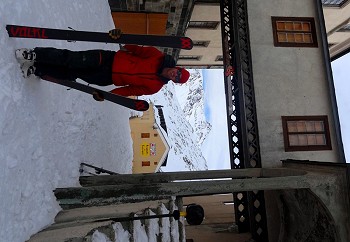
For me, synthetic is almost always the better choice, as it is usually worth carrying a few extra grams in order to have a jacket that can be worn in any conditions and won't cave in in the face of precipitation. Far be it from me to call myself a fashion starter, but I was one of the first converts of everyone I climbed and skied with to the idea of synthetic jackets, so I've owned and destroyed my fair share of them and I know what makes a good one.
The Mammut Rime Pro is about average weight, neither a lightweight summer option nor a thick winter one either, and is basically an all-rounder. Initially I thought that it might be slightly too heavy for everyday use, and that I might revert back to my superlight synthetic jacket, but I've been proved wrong and have found that the Rime Pro has gone into my bag on most days out.
The first thing in its favour is that the Rime Pro is really comfy, with a soft lining which makes it pleasant to wear with just a base layer underneath. This meant that I've also been wearing it as an everyday item too, not just as mountain wear. For both mountain and everyday use I've found it a pretty good warmth and weight level, and although it's not warm enough for the coldest of temperatures – be it a high camp in Nepal or a really savage Scottish winter day – it is good for just about everything else.
"I think it's usually worth carrying a few extra grams to have a jacket that can be worn in any conditions and won't cave in in the face of precipitation..."
The jacket is also really simple, with none of the unnecessary pockets and extra faff that manufacturers sometimes cover their kit in. There are 2 net pockets on the inside (for storing water bottles), a small chest pocket and 2 pockets just above the hips, and nothing else - perfect. One nice touch is that the hip pockets are fleece lined, and so really nice to put your hands into on windy days. One tiny feature that I didn't like was the Velcro cuffs, which I think should be replaced by tapered cuffs - I pull my jacket on an off quite a few times in the average day, and I prefer it to be as quick and simple as possible - but this is a pretty small quibble to be fair.
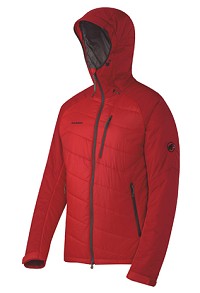
Mammut Rime Pro Jacket
- Pertex Endurance fabric with coating: particularly water-resistant material on the arms, shoulders and hood
- Innovative synthetic fibre filling with ideal heat properties for 'stop and go' activities
- Wide cut to allow the jacket to be worn over a hard shell
- Anatomically tailored, adjustable and helmet-compatible hood
- Articulated elbows
- Velcro cuffs
- 2 side pockets with zips
- 1 front zip pocket
- Chin protection
- 2 'Powermesh' inner pockets
- 2-way front zip
More info on the Mammut Website
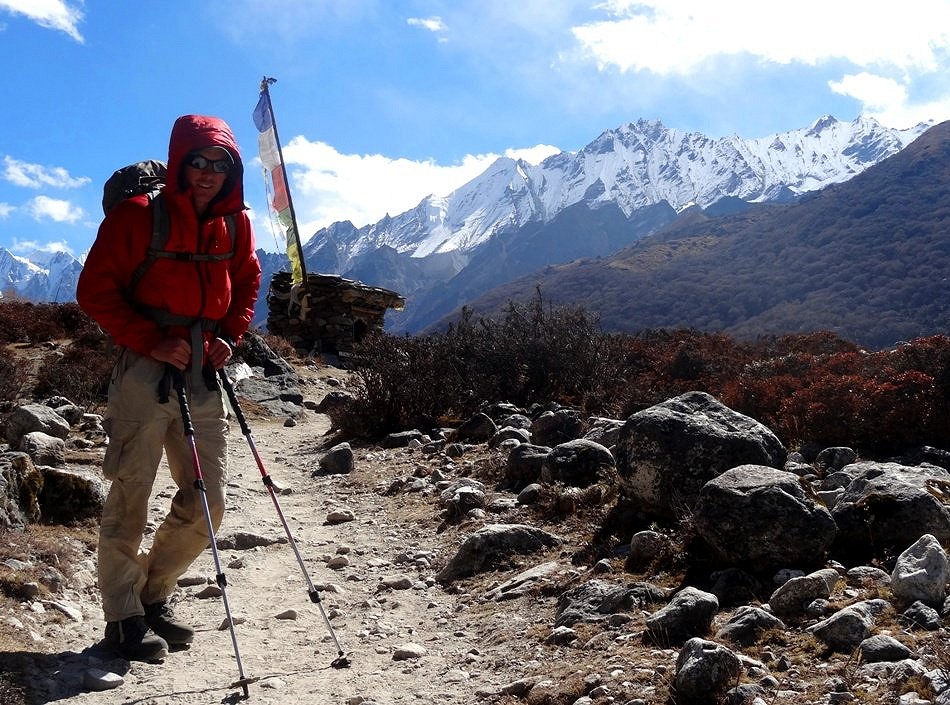
One other excellent feature is the huge hood, which is easily big enough to swallow a helmet, but which also has a basic tightening system to shrink it if needs be. The hood is particularly well thought out, and is one of the best features of the jacket. Other good ideas are the simply tightening system around the waist (which doesn't work loose like many do), and the high zip which comes up to nose level.
Summary
Overall I found that the Rime Pro has become a bit of a go-to piece of gear, be it on the mountains or walking down the street. It's warm, compact in a way that down kit never is, and exceptionally well designed. A big thumbs up all round.
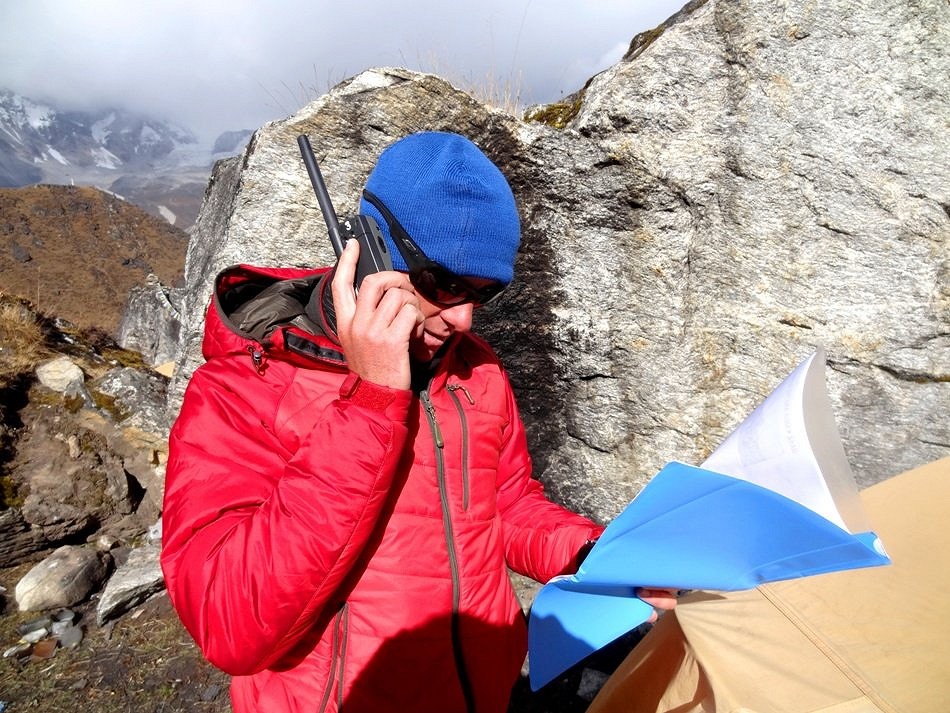
About Charlie Boscoe
Charlie Boscoe is a skier and climber based in Chamonix. His popular blog on Chamonix climbing conditions is: chamconditions.blogspot.co.uk. He and his partner, Sharon Wray create and run expeditions to the Himalayas, Andes, Alps and Atlas Mountains, and offer bespoke expedition planning. See his website: www.mountainworldltd.com.



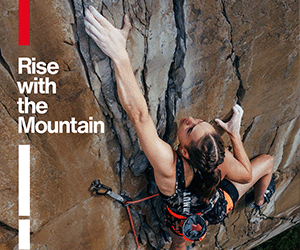



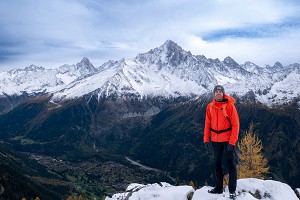



Comments